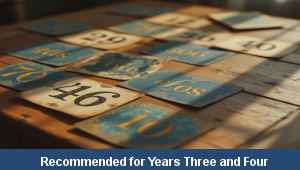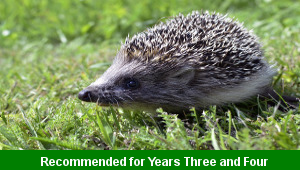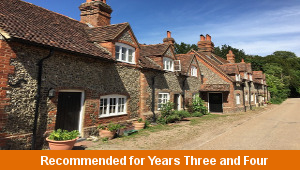Lesson One – Anti and Auto

This English teaching pack for Key Stage Two gets the children to play a selection of spelling and matching games to identify and record how to add the prefixes anti and auto to a range of different word roots.
The class can practise using some of the prefixed words in a range of different sentences to describe the impact of weather on people and landscapes
Download this teaching pack including a lesson plan, classroom activities and an interactive presentation to play a selection of spelling and matching games to identify and record how to add the prefixes anti and auto to a range of different word roots
Activities in this teaching pack include a worksheet to play a game to identify and record how to add the prefixes anti and auto to a range of different word roots for core and extension ability levels and a set of cards to match how to add the prefixes anti and auto to build different words for support ability levels.
The interactive presentation gets the children to explore how to add the prefixes anti and auto to a range of different word roots to use when describing the impact of the weather.
This lesson is part of an English scheme of work to get the children to compose and edit an informal recount about a significant weather event that could happen at the school. There are teaching activities for shared learning, differentiated worksheets to support independent learning and interactive presentations to introduce concepts and key skills.
-

Rounding Hundreds
Explain and model how to round some different numbers to the nearest hundred based on the place values of the digits in each number
-

Rounding Tens
Identify and record how to round some different numbers to the nearest ten based on the place values of the digits in each number
-

Classic Animal Stories
Investigate the structure and content of classic works of fiction by significant authors with animals as the main characters
-

Cities, Towns and Villages
Research and present the history of a range of different buildings and people that are part of the local community using a school exhibition
